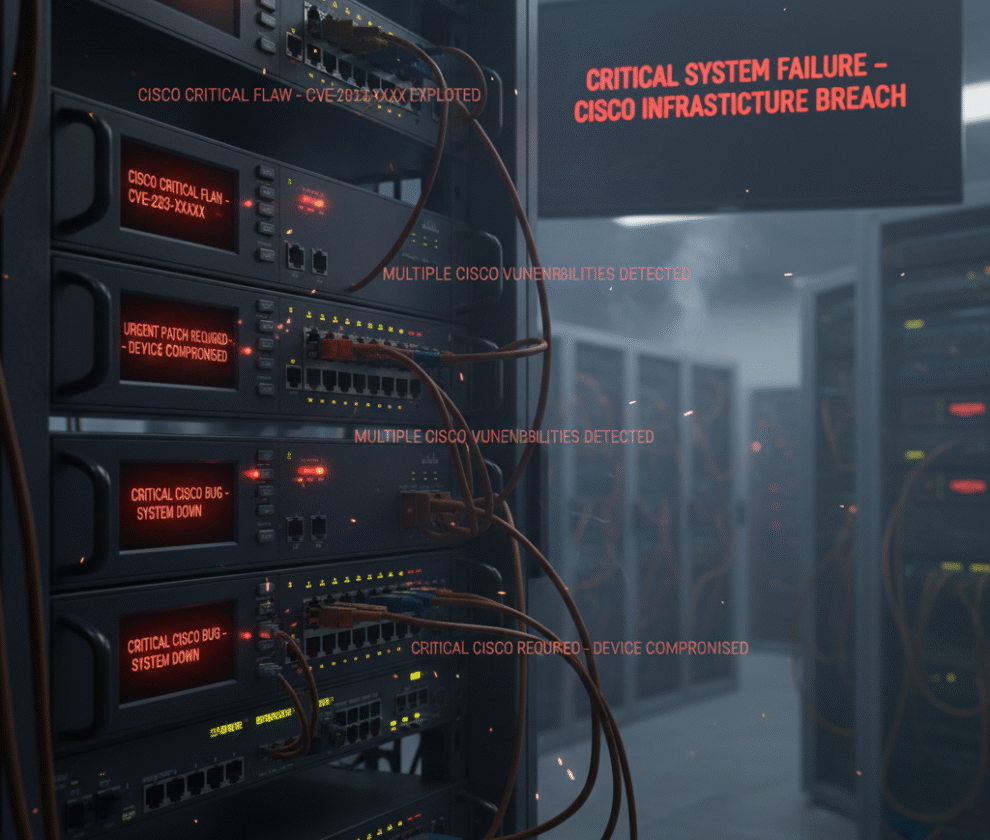Botnets remain one of the most serious challenges to global digital infrastructure. Recently, a new malware called RondoDox has emerged, targeting unpatched XWiki systems by exploiting a critical vulnerability identified as CVE-2025-24893. Rated with a CVSS score of 9.8, this vulnerability allows attackers to execute arbitrary code remotely, making it a grave concern for organizations.
What is RondoDox?
RondoDox is an advanced botnet malware known for its sophisticated techniques to infiltrate vulnerable systems. First identified as a significant threat in October 2025, it exploits the CVE-2025-24893 vulnerability to gain access to unpatched XWiki systems. Once inside, RondoDox integrates compromised systems into its botnet network, utilizing them to launch devastating distributed denial-of-service (DDoS) attacks across HTTP, UDP, and TCP protocols.
Understanding the CVE-2025-24893 Vulnerability
The CVE-2025-24893 vulnerability is a critical evaluation injection issue found in XWiki platforms. This flaw allows any guest user to execute arbitrary code remotely by sending specifically crafted requests to the “/bin/get/Main/SolrSearch” endpoint. Although XWiki developers promptly released patches in February 2025—versions 15.10.11, 16.4.1, and 16.5.0RC1—many systems worldwide remain unpatched, leaving them exposed to this severe exploit.
Active Exploitation and Escalation
Evidence of active exploitation of CVE-2025-24893 has been recorded since March 2025. Initially used in cryptomining attacks, this vulnerability has evolved into the preferred entry point for multiple malicious actors, including the RondoDox botnet. VulnCheck researchers observed a significant rise in exploitation activities in November 2025, with two noticeable spikes on November 7th and 11th, signaling increased threat actor interest in leveraging this vulnerability.
The Widespread Impact on Organizations
The consequences of this vulnerability go beyond individual systems. Compromised XWiki platforms become vulnerable to data theft, ransomware attacks, and targeted DDoS campaigns. Worse still, botnets like RondoDox use infected systems as springboards to infiltrate larger networks and connected organizations, amplifying the potential damage exponentially. Businesses of all sizes are at risk if proper defenses are not in place.
Preventive Measures and Mitigation Steps
Organizations must act swiftly to mitigate risks posed by vulnerabilities like CVE-2025-24893. Here are the key steps to protect your XWiki systems and networks:
- Update XWiki systems immediately to the patched versions: 15.10.11, 16.4.1, or 16.5.0RC1.
- Implement robust vulnerability management solutions to detect and manage threats proactively.
- Restrict guest user permissions, disabling unused features whenever possible.
Employing these measures helps significantly reduce the chances of falling victim to such cyberattacks.
The Role of Awareness in Cybersecurity
Technology alone cannot combat cyberthreats effectively without awareness from user and administrative teams. Conducting regular training programs to educate staff on the importance of timely updates and identifying potential attack indicators is crucial. Cyber defense is as much about human vigilance as it is about technical solutions.
Conclusion
The RondoDox botnet serves as a chilling reminder of the evolving cyber threat landscape. Exploiting vulnerabilities like CVE-2025-24893, attackers can turn system weaknesses into large-scale attack vectors within days. To safeguard your organization, taking action now is essential. At My Own Detective, we specialize in identifying vulnerabilities and implementing tailored security strategies to protect your infrastructure. Don’t wait until it’s too late—update your systems today and secure your data to prevent becoming the next target of RondoDox or similar malwares.


